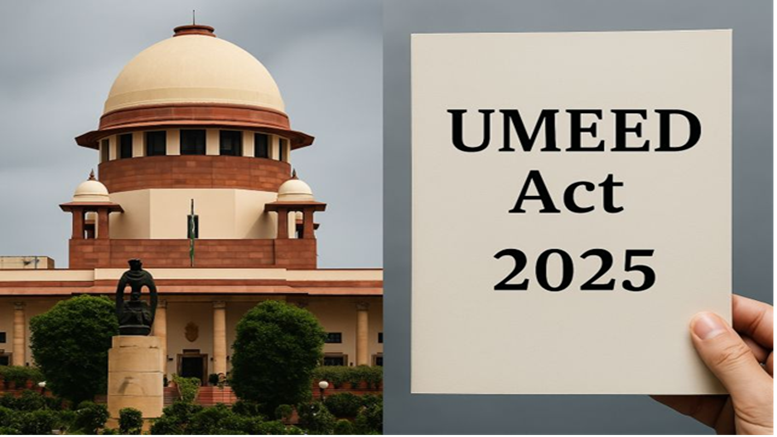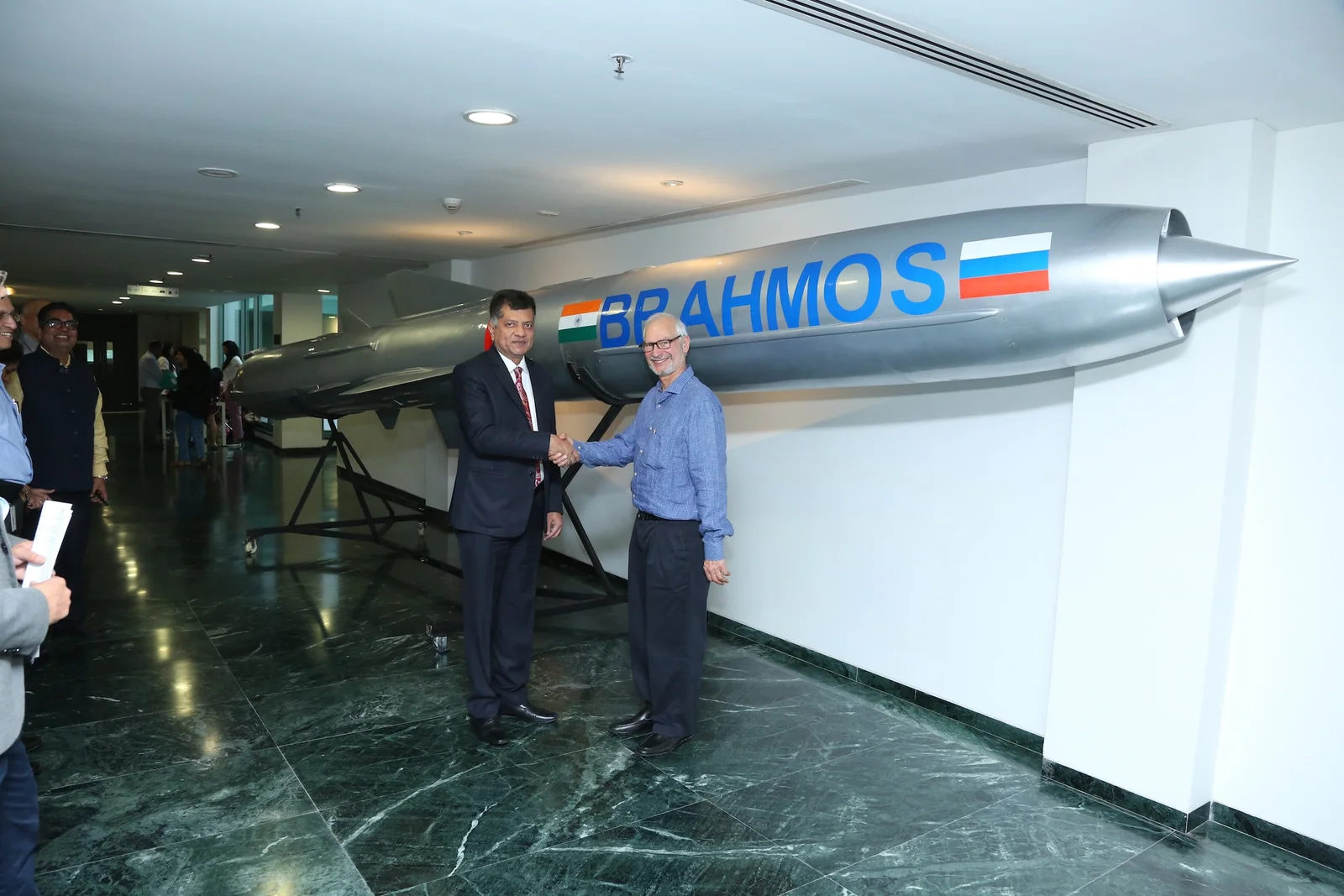- Courses
- GS Full Course 1 Year
- GS Full Course 2 Year
- GS Full Course 3 Year
- GS Full Course Till Selection
- Online Program
- GS Recorded Course
- NCERT (Recorded 500+ Hours)
- Polity Recorded Course
- Geography Recorded Course
- Economy Recorded Course
- AMAC Recorded Course
- Modern India, Post Independence & World History
- Environment Recoded Course
- Governance Recoded Course
- Science & Tech. Recoded Course
- International Relations and Internal Security Recorded Course
- Disaster Management Module Course
- Ethics Recoded Course
- Essay Recoded Course
- Current Affairs Recoded Course
- CSAT
- 5 LAYERED ARJUNA Mentorship
- Public Administration Optional
- ABOUT US
- OUR TOPPERS
- TEST SERIES
- FREE STUDY MATERIAL
- VIDEOS
- CONTACT US
What Must NASA Decide to Bring Sunita Williams and Barry Wilmore Home?
What Must NASA Decide to Bring Sunita Williams and Barry Wilmore Home?

Current Situation:
American astronauts Barry “Butch” Wilmore and Sunita “Suni” Williams are currently stuck in space due to ongoing issues with the Boeing Starliner spacecraft that brought them to the International Space Station (ISS).
- The Starliner was part of NASA’s Commercial Crew Program, which involves private companies providing crew transport to the ISS.
The Problem:
- Technical Issues: The Starliner spacecraft, after docking with the ISS on June 6, has faced problems with its helium lines and propulsion system.
- These issues have prevented the spacecraft from returning to Earth, leaving Wilmore and Williams in space longer than initially planned.
NASA’s Options:
NASA is considering 2 main options for bringing the astronauts home:
- Repair and Return: Fix the issues with the Starliner so that Wilmore and Williams can fly back to Earth in the spacecraft.
- Uncrewed Return: Send the Starliner back to Earth without crew and arrange for the astronauts to return with SpaceX’s Crew-9 mission, which would extend their stay from 8 days to about eight months.
Health Risks in Space:
- Radiation Exposure: Extended time in space means more exposure to radiation, which can increase cancer risk. However, the exposure for these astronauts is still lower compared to others who have spent years in space.
- Weightlessness Effects: The lack of gravity in space can lead to loss of bone density, muscle atrophy, and cardiovascular issues. It also affects eyesight and increases the risk of kidney stones.
Astronaut Perspective:
NASA’s chief astronaut Joe Acaba, who has spent 306 days in space, emphasizes that astronauts accept the risks of space travel as part of their job. They undergo extensive training to handle various scenarios and challenges.
Current Activities:
While awaiting a decision, Wilmore and Williams are integrated into the ISS’s daily activities alongside other crew members from SpaceX’s Crew-8 and Soyuz MS-25 missions. They remain as occupied as any other astronauts aboard the ISS.
Safety Review Process:
- Data Review: NASA and Boeing teams are continuously reviewing data to assess Starliner's readiness for a return.
- Flight Readiness Review: An agency-level review, involving independent technical experts and NASA’s leadership, will determine if the spacecraft is safe for return.
- Decision-Making: NASA’s Associate Administrator for Space Operations, Ken Bowersox, will make the final decision based on the review outcomes. Any disagreements could be escalated to higher NASA officials if necessary.
Past Precedents:
Mid-mission Flight Readiness Reviews have occurred before, such as during SpaceX’s first crew test flight in 2020. These reviews ensure safety before critical milestones.
Decision Timeline:
NASA aims to decide on the astronauts' return by the end of August. Logistics, including spacecraft readiness and timing, will influence this decision.
Spacesuit Issues:
- Compatibility: The spacesuits used by Boeing and SpaceX are different. If Wilmore and Williams have to return on the SpaceX Crew Dragon spacecraft due to an emergency, they might face issues with unsuitable suits. If the decision is made to use SpaceX for their return, the astronauts will be provided with appropriate suits.
Conclusion:
NASA faces a critical decision regarding the safe return of astronauts Barry Wilmore and Sunita Williams. Balancing technical issues with mission timelines and ensuring astronaut safety are key factors. The final decision will ensure that their return, whether via Starliner or SpaceX, maintains the highest standards of safety and mission integrity.
Must Check: Best IAS Coaching In Delhi
UPSC Prelims Result 2024 Out: Expected Cut Off & Other Details, UPSC Prelims 2024 Answer with Explanation, Daily Prelims Quiz, Daily Current Affairs, MONTHLY CURRENT AFFAIRS TOTAL (CAT) MAGAZINE, Best IAS Coaching Institute in Karol Bagh, Best IAS Coaching Institute in Delhi, Daily Mains Question Answer Practice, ENSURE IAS UPSC Toppers, UPSC Toppers Marksheet, Previous Year Interview Questions, UPSC Syllabus


![img-PSYCHOLOGICAL WARFARE [PSYWAR]](https://i.filecdn.in/755esias/PSYCHOLOGICALWARFAREPSYWAR-1747206772505.jpg)

